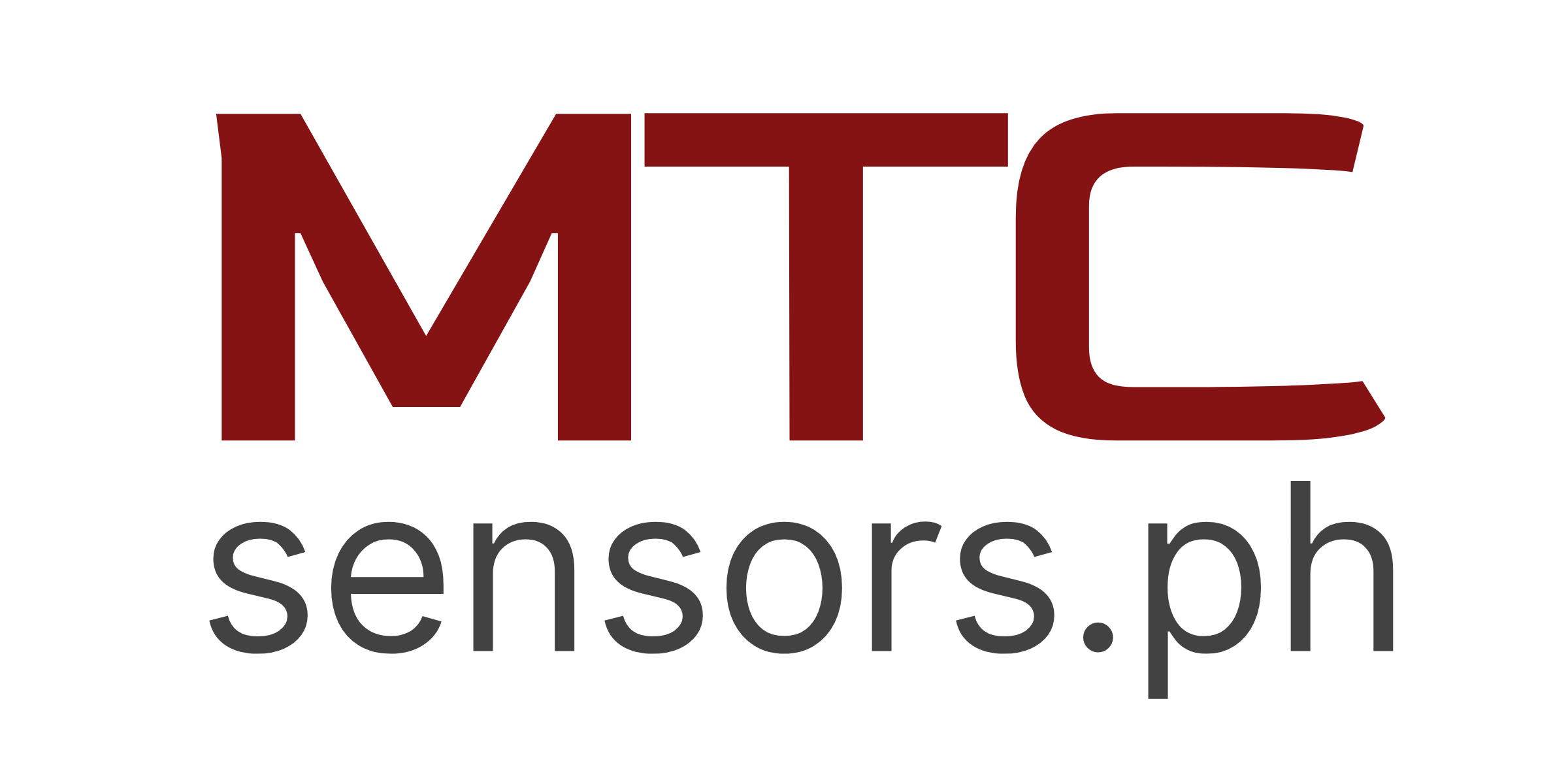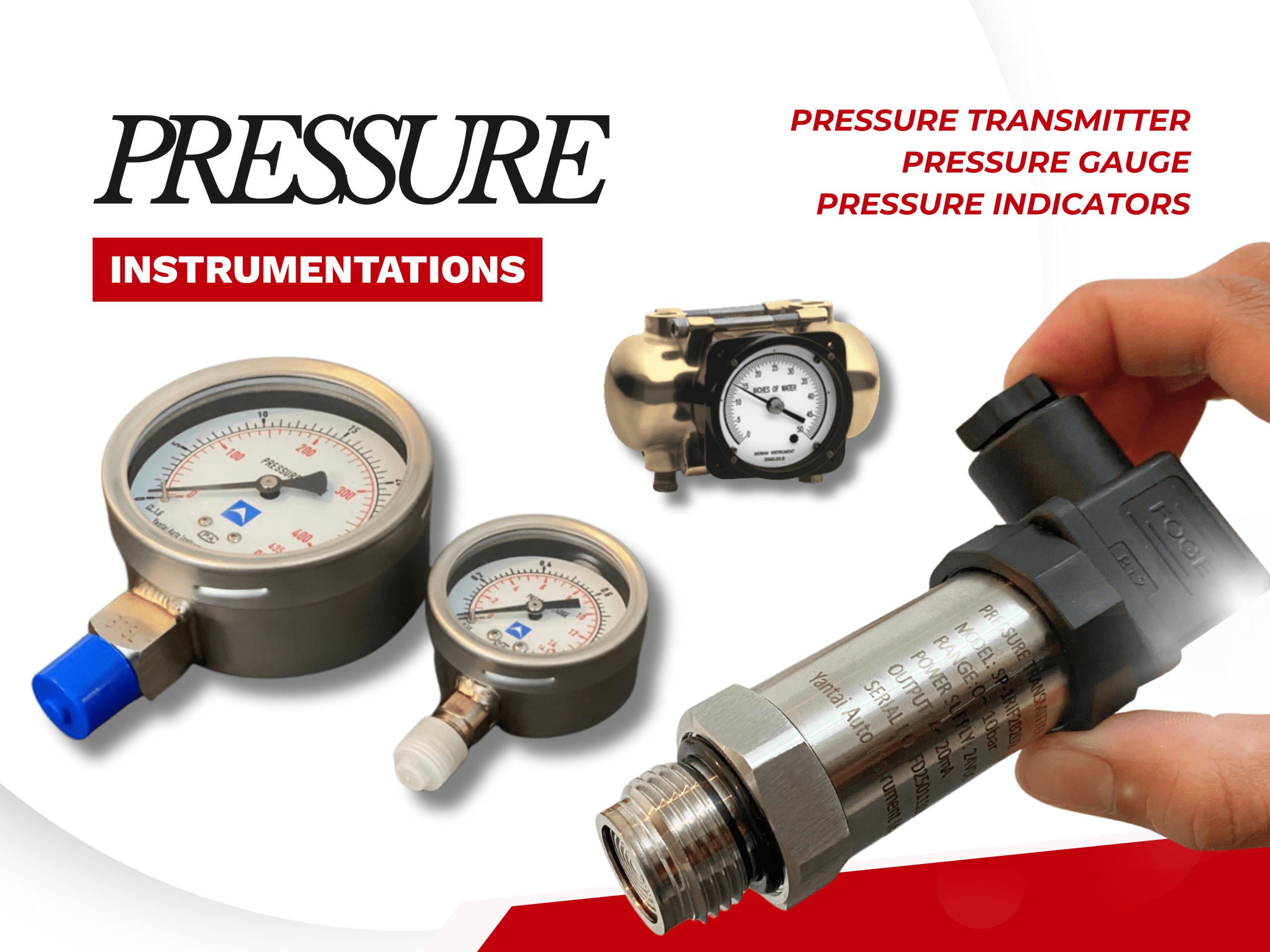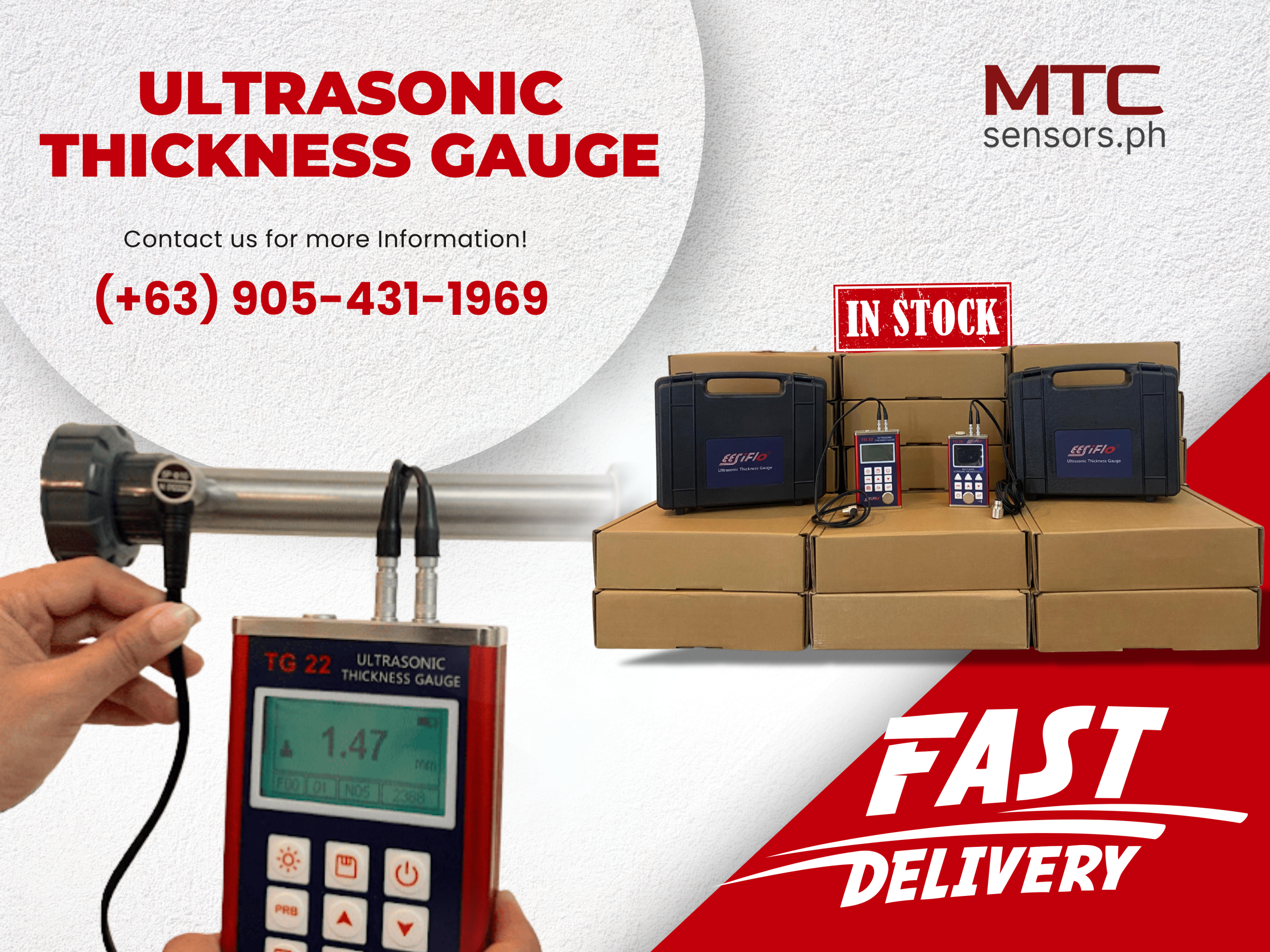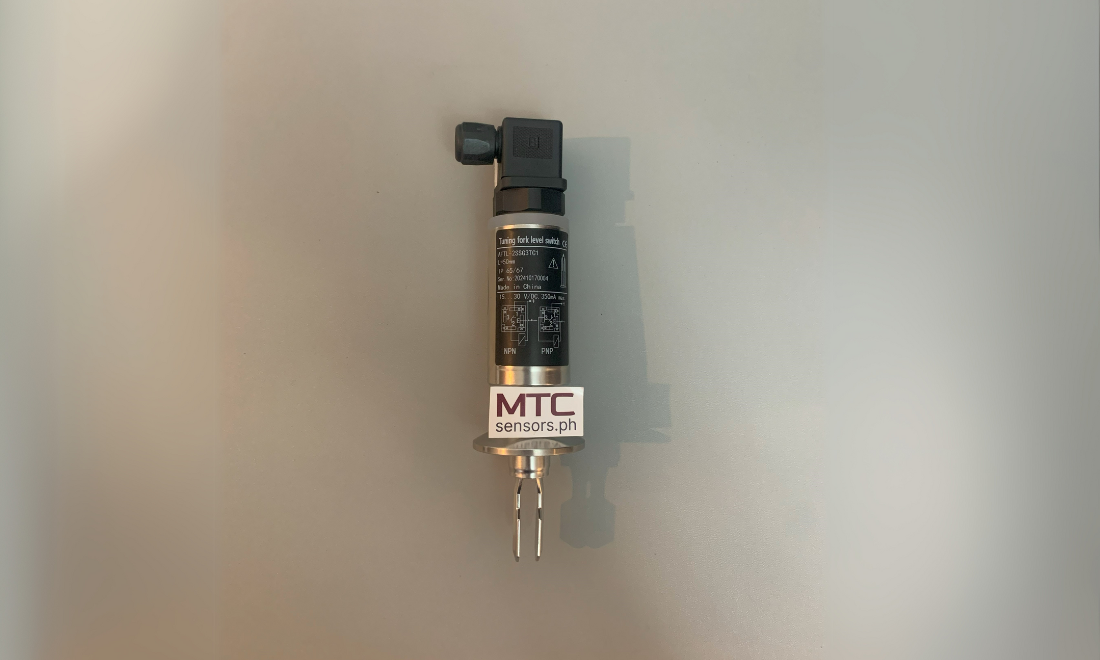Tank Level Switches
Be informed with the most recent developments, articles and news about our Ultrasonic Thickness Gauge.
Filter by Category
Ex-stock Products
Recent News & Events

Measurement Technologies Corporation to exhibit at ProPak Philippines 2026 - Metro Manila, Philippines
October 24, 2025
We look forward to seeing you again at Propak 2026 where we hope to showcase some of our new products!
What is a Level Switch?
Level switches are are designed to send a signal output or energize a dry contact/ or relay when the level of a solid or liquid in a tank reaches a certain amount. Some switches are designed to only activate when a tank is “too full” or “too empty” or possibly even both.
A level sensor does not necessarily have to maintain high accuracy over the range of measurement but must be good enough to activate a switch which controls a pump, electrical supply to other circuits or activate an alarm which could be audible or visual. A switch can provide low or high level alarm. Previously it was popular to feed the switch contact to an alarm annunciator but these days the PLC is more popular because of the ability to implement one’s own logic for the process.

Types of Level Switches

This is a very broad subject but basically there are so many types of level sensor available these days that it is not impossible to cover any kind of application one might encounter. It is important to take a look at a system design to determine what kind of material is being measured and whether or not the contact for the level sensor should be open or closed in an alarm condition.
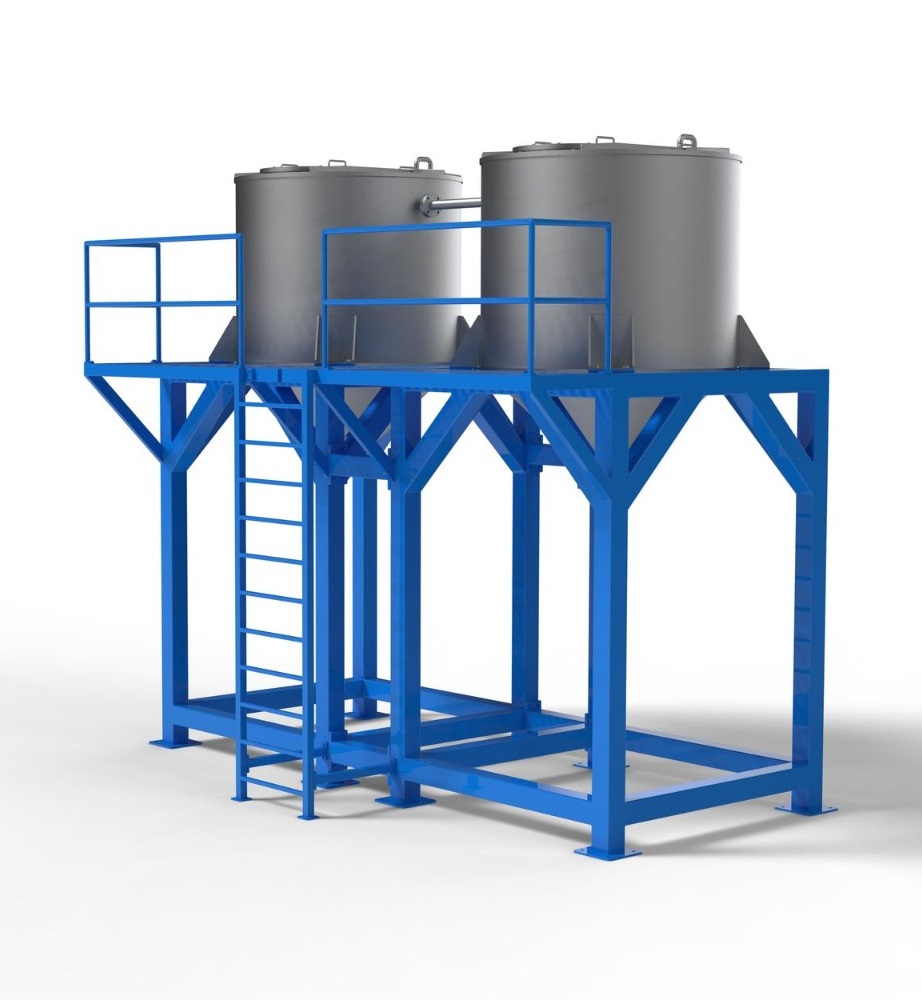
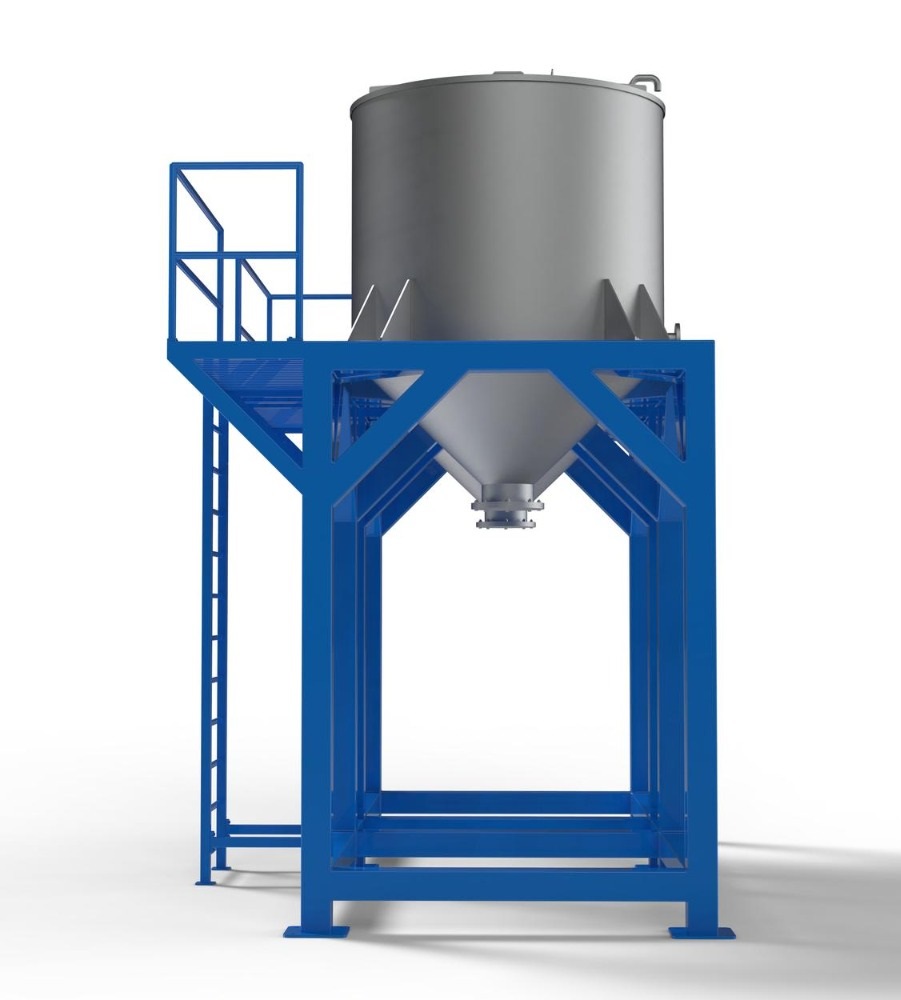
The names given to the level sensor denote the sensor type being used whether it is electrical, mechanical or using some frequency or wavelength within the known electromagnetic spectrum. A mechanical device or pressure sensor can act as a level sensor but there are many other choices which use inductance, capacitance, radar, ultrasonic and even light. Of course, manufacturers can select the most appropriate technology for the particular tanks, silos or storage bins they are using. Switches are often used as level control and are at the heart of pump control e.g to prevent overspill, a level sensor can turn off a pump.
List of Level Switches
Here is a short list just naming a few types. However, it is not always a hard a fast rule that a certain type is implemented. There are overlaps in their applications and often the decision on which type to use might fall into the hands of the user i.e. user preference or the technical consultant’s recommendation.
Utilizes a flexible diaphragm that moves in response to pressure changes caused by the level of material in the tank.
Detects level changes by measuring variations in capacitance caused by the presence or absence of material.
Works on the principle of electrical conductivity, suitable for liquids that conduct electricity.
Operates using a buoyant displacer suspended on a spring, which moves in response to the liquid level.
Uses inductive sensing to detect metallic materials, ideal for certain types of bulk solids.
Contains a tuning fork that vibrates at a certain frequency. When the fork is covered by material, the vibration frequency changes, triggering the switch.
Uses light to detect the level of clear or colored liquids.
Employs radar or laser technology to measure the distance to the material’s surface, ideal for applications requiring non-contact measurement.
Features a rotating paddle that stops when it comes into contact with material, indicating a level change.
Measures the pressure exerted by the material to determine its level.
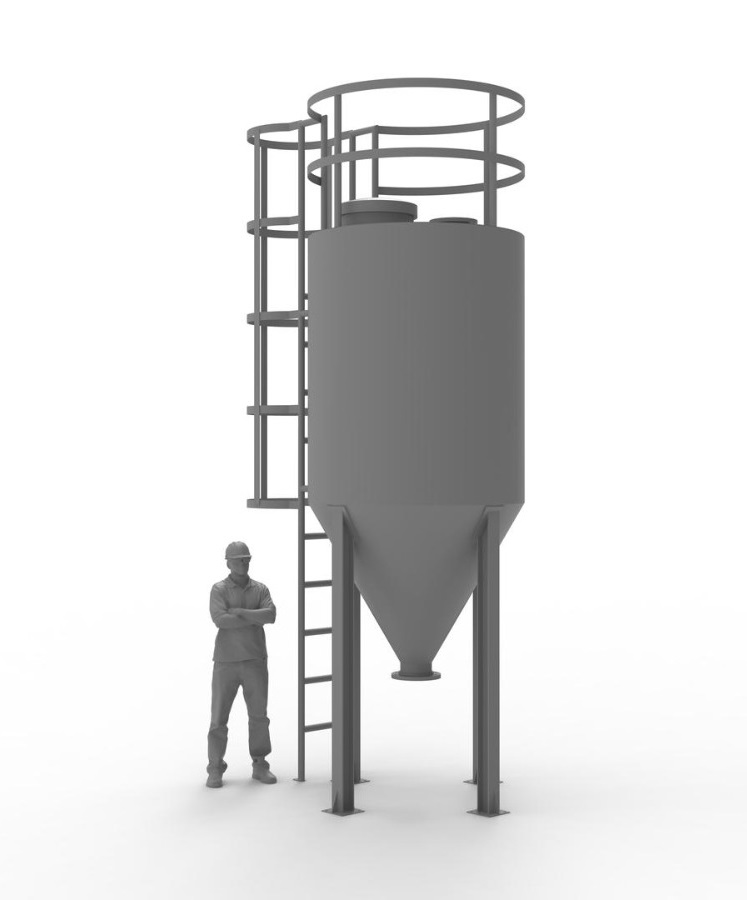
Which sensor is used to measure water level in a tank?
Many types of level sensors can be ideal for measuring water levels in a tank, including ultrasonic sensors, float switches, and capacitive sensors. However, a Tuning Fork Level Switch stands out as the best option due to its reliability, high accuracy, and suitability for various liquid applications, including water. Supply by MTC Sensors Philippines, these switches are specifically designed for detecting liquid levels, ensuring precise monitoring in both industrial and residential water tanks.
- How do you monitor water level in a tank using Tank Level Sensor Switch? – Monitoring water levels in a tank with a Tuning Fork Level Switch is straightforward. The device is installed at a predefined level in the tank. When the water reaches the tuning fork’s prongs, the sensor detects the change in frequency caused by the liquid’s contact. This triggers a signal, which can activate alarms, pumps, or other connected systems to manage the water level efficiently.
- How does a water tank level sensor work? – A Tuning Fork Level Switch works by using a vibrating fork immersed in the liquid. When water comes into contact with the fork, the vibration frequency changes. The sensor detects this shift and sends an output signal, indicating that the liquid level has reached a set point. This simple yet effective mechanism makes it ideal for maintaining optimal water levels in tanks.
For more information, visit our youtube channel: https://youtu.be/22xnqGkdLbo?si=lTPArHVemK0grF5C
or contact us if you have any concerns or need assistance. We can recommend the perfect specifications to match your requirements.
Having trouble selecting the best instrument for your application?
Here’s a guide to help you choose the right instrument for your industry. You may also reach out to our technical team for expert guidance tailored to your specific process needs.
